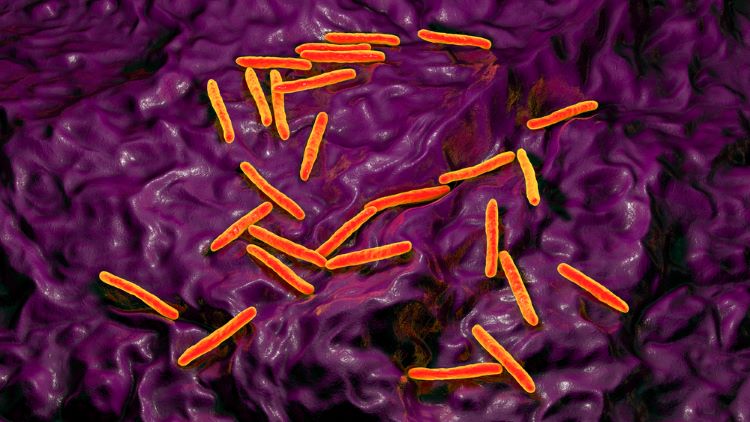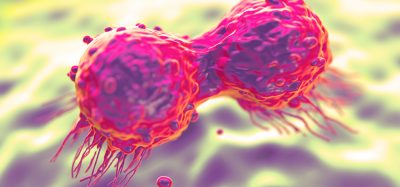Alternative methods for mycobacterial testing in biological products
Posted: 6 May 2024 | Catherine Eckford (European Pharmaceutical Review) | No comments yet
Considering the limited available information on implementing mycobacterial testing for quality control of biologicals, researchers have highlighted a suitable potential alternative detection method.


Following a review on the suitability of different technologies, researchers have determined that “[nucleic acid amplification techniques] NATs combined with an efficient extraction method” is the fitting alternative for compendial mycobacterial testing in biological products.
The current challenge in mycobacterial testing
information on using mycobacterial testing for the quality control of biologicals is limited, the paper noted.
Mycobacteria can be difficult to detect on media cultures, partly due to the “opacity of the cell wall [resulting in] a slow bacterial metabolism” the authors explained.
While the current compendial assay for mycobacterial testing of biological products is simple and sensitive, in practise, “a 56-day incubation time”, makes it the “longest of all bacteriological quality control (QC) tests for biologicals”. A further limitation, Marius et al. explained, is that it cannot detect non-cultivable mycobacteria. The pharmacopeial reference (microbial culture method) is “time consuming and requires a continuous supply of culture media, posing logistical challenges”.
The paper highlighted that alternative methods include “nucleic acid amplification techniques (NATs, eg, polymerase chain reaction [PCR]), flow cytometry or electrochemical detection”.
real-time PCR appears to be the closest to the ideal alternative method, [for detection of mycobacteria in biologicals]”
Specifically, with the ability to provide results in “a few hours”, real-time PCR appears to “be the closest to the ideal alternative method”, due to their being no other NAT method that offers “such an exhaustive, specific and sensitive detection of mycobacteria in biologicals”, the paper, published in Microorganisms.
As such, the paper stated that with regulators wanting the industry to develop new detection technologies for these tests, based on information issued by the USP on alternative methods, “the ideal alternative method for mycobacterial testing in a quality control environment…[and] also have a high throughput and allow as much automation as possible”, the authors concluded.
For instance, by “drastically” reducing the time required, alternative culture-free detection methods may address these challenges, the authors wrote.
Improving detection methods for the future
“The prior validation of an alternative method will lead to the potential replacement of the compendial assay,” Marius et al. summarised, further asserting that “the choice of an alternative method should be carefully made and, ideally, integrated into an overall contamination control strategy”.









